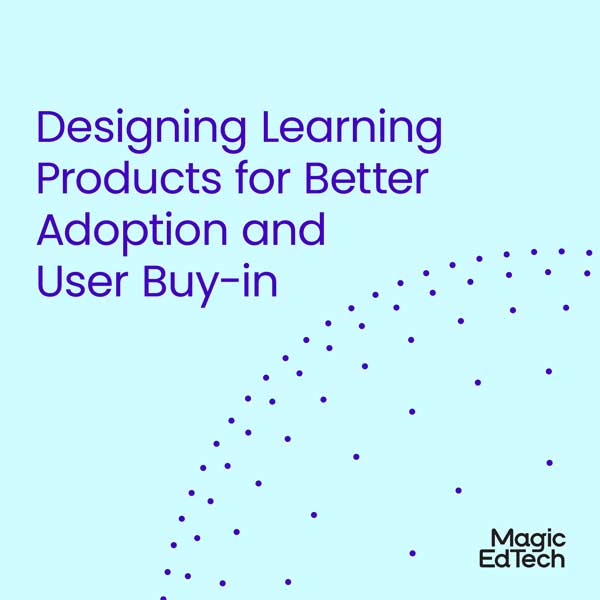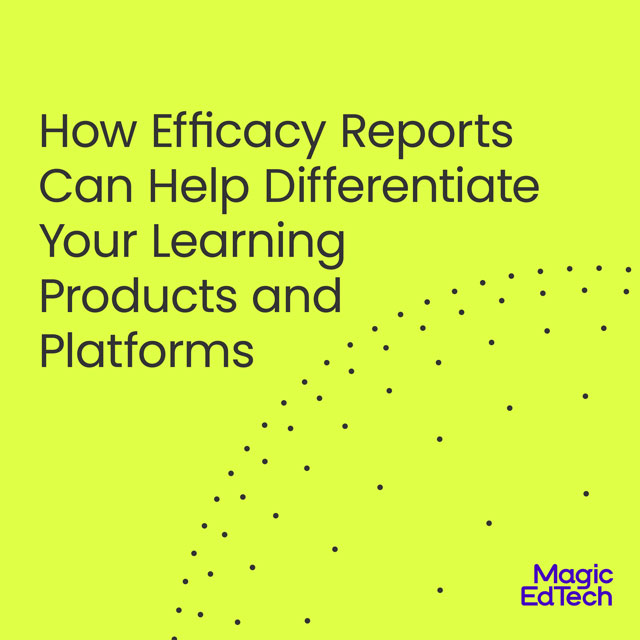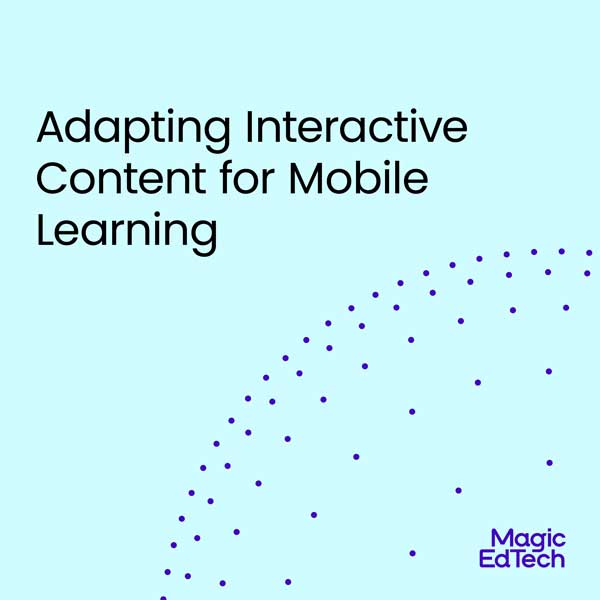Evaluating Learning Solutions for Student Success
- 1 September, 2022
- Reading Time: 5 minutes
Classrooms are changing dramatically with the implementation of education technology. These changes impact how students learn. With the surge in eLearning products in the market, a proper evaluation of education products has never been more critical.
An article by Stream states that 56% of students worldwide prefer that instructors enable them to use their devices in the classroom. It indicates that digital is the new way to intake knowledge. But implementing education technology comes with its fair share of challenges. For most education leaders the decision-making process can take up to a year, countless RFPs later, there’s still no guarantee that the product selected fits all your user’s needs.
We’ve listed a few checkpoints below to help your selection process. This list could be an effective tool to help teachers and school leaders narrow down the review process. The three parameters we’ve included in this list are
1. Software Considerations
2. Technology Considerations
3. Equity Considerations
Which Software Considerations Are Critical to Edtech Evaluations?
Software must be one of the first things to evaluate. It is important to create a framework for software review along with your procurement and buying teams. The framework could serve as a benchmark for all product reviews. It can also be used to indicate desired or missing features in the product. Here are a few pointers to consider:
1. Supporting the pedagogy – The software must support your instructional programs. Map the goals you want to achieve and determine if the software allows you to fulfill these. The activities within the solution must support your learning objectives. The software that school districts consider should align with the learning objectives of the program to ensure learning efficacy.
2. Ease of use – Students are digital natives. Teachers may or may not be. The tool must be easy to use for both regardless. The technology should complement traditional teaching. It must also have the appropriate training and implementation support to ensure that the product will be easily adopted.
3. Flexible Learning – It must offer comfortable pathways for students to participate, interact, and learn from one another. Another crucial aspect is allowing learners the flexibility to intake information in the way that is most effective for them as individuals. “This use of technology will help learners master basic skills and help them get more out of schooling.” Says a Brookings article.
4. Engagement – Does the software support interactive learning formats like simulations and gamification? The addition of analytics, reward systems, and feedback can engage the emotions of learners, thereby improving educational outcomes by as much as 89.45%. Aside from this, the software must allow for mobility, in-app communication, and collaboration through chats and group activities.
Important Technology Considerations When Evaluating EdTech
Hardware considerations are an equally important facet of EdTech as software. Implementing the right technology can make all the difference. These are some questions that you will want to ask to ensure that your hardware is supporting your goals:
1. Ease of implementation – Does the tech integrate easily with your current ecosystem and will it require standard configuration? Is the tech easy to roll out and does it support multiple users seamlessly? Remember, technology that is scalable and has been tested well will ensure long-term benefits.
2. Vendor support and training – There may be many updates to the technology or feedback which your provider will need to incorporate into the product after it’s first been installed. Give preference to a vendor that provides robust training and support beyond the first year of implementation.
3. Interoperability – Is the technological architecture built for interoperability – that is, does it allow for integration with multiple platforms and other apps in your learning environment?
4. Security – Has the vendor completed the standard compliance for security? Is the technology “born secure” – one that minimizes the risks of cyber-attacks? Student data privacy is of the utmost importance. Review your potential vendors’ data security practices before arriving at a decision. Ensure that they meet the guidelines laid out by your local authorities. Here is the policy statement by the FTC on protecting children’s privacy.
How to Evaluate Learning Products for Equity
Equity is important for all walks of life, especially in education. The National Center for Education Statistics says “Ed tech equity refers to the difference between students’ educational experiences and outcomes when technology is a factor, with a particular focus on key subgroups (e.g., by English language learner status, disability status, geographic location, race/ethnicity, sex, socioeconomic status, etc.).”
Most important in this space is ensuring that products that are implemented within your organization do not show any favoritism toward a singular way of thinking or living. It is imperative that the tools we implement are inclusive for everyone regardless of race, sexual orientation, ability, socioeconomic status, etc.
Some questions you may want to ask regarding equity considerations are:
1. Accessibility – Does the learning product serve students with a wide variety of abilities equally? The product you are evaluating must be born accessible or allow for the incorporation of assistive technologies to serve students and teachers with disabilities. Ensure the product meets accessibility compliance standards like WCAG or EN 301 549.
2. Free of Bias – Biased content, ableist language, insensitive content, and unfair representation can impact a learner’s experience. Before you hone in on a product, review it with a diverse group of individuals to determine if it potentially discriminates against race, creed, color, identity, or religion. You can also take the help of AI tools to detect Bias in the software or content.
Making the right choice when it comes to EdTech can certainly be challenging especially in an environment that is ever-changing. Above all, you must choose what will serve your learners and educators best. Keeping these points about software, technology, and equity in mind will move you one step closer to ensuring learner success!






